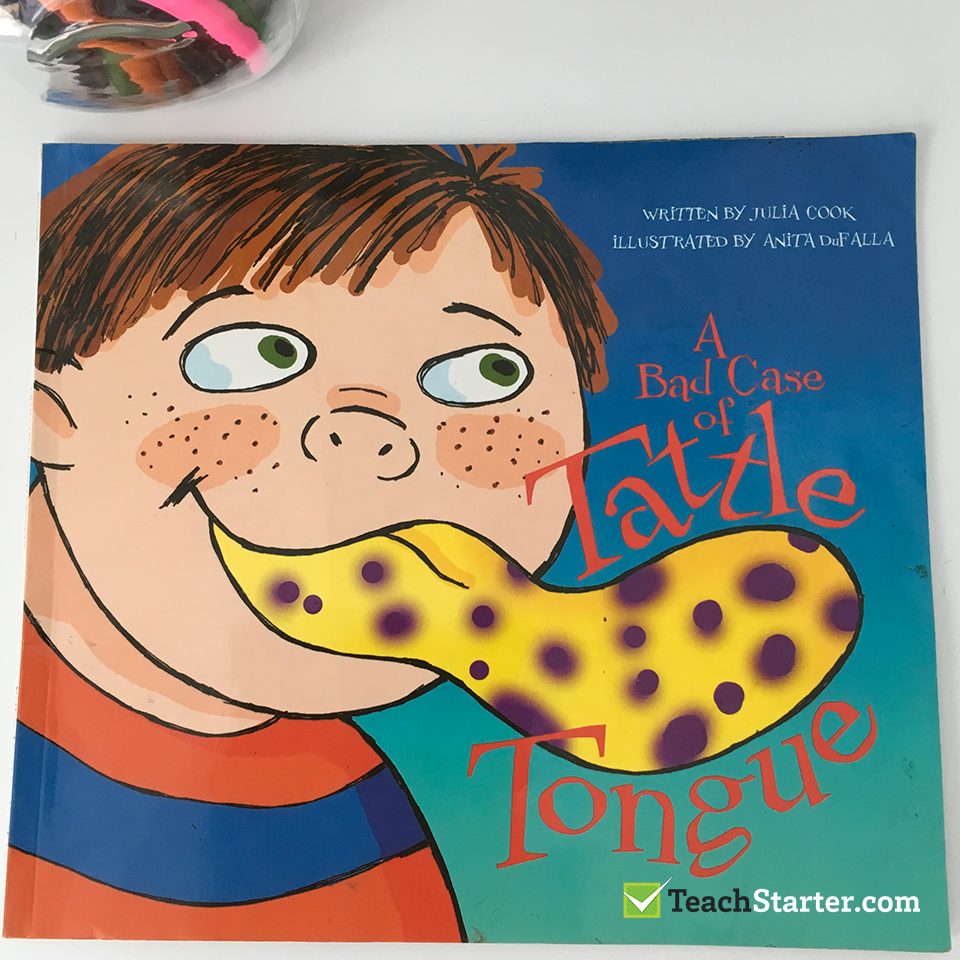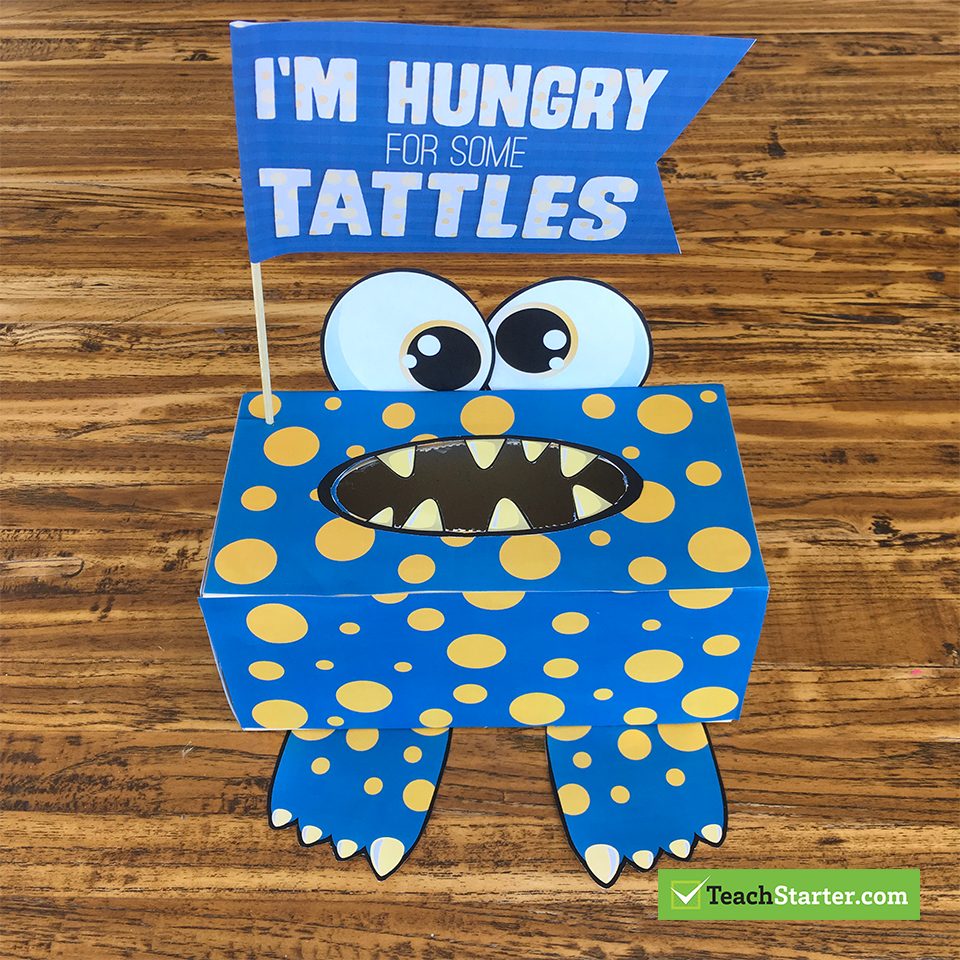“He wouldn’t share the monkey bars!”
“She pushed in front of me!”
“Joe said he doesn’t want to be my friend anymore!”
“Louis didn’t eat all of his lunch!”
“Emma won’t let me borrow her glue stick!”
The shock, the horror…their little minds think that these truly are huge problems and you need to deal with their issue right away!
Ask any primary school teacher, and they will say that tattling can be a time consuming, distracting and difficult issue in their classroom. Difficult because you don’t want to discourage students from voicing their apprehensions, however, they also need to learn certain problem solving social skills.
This is a massive and ongoing learning curve for their little minds to grasp. Being able to distinguish between an issue that must be reported straight away and issues that can wait until the teacher has some time to spend discussing how to solve the issue. On the other hand, students also need to be provided with a bank of strategies for solving certain issues by themselves.
A Bad Case of Tattle Tongue
I absolutely loved reading ‘A Bad Case of Tattle Tongue’ written by Julia Cook to my students. They loved it even more!
It teachers children to understand ‘now’ and ‘later’ problems, minding their own business, to be danger rangers and to be problem solvers.

Create a Tattle Monster
Often a student will come up to you to tell you about something another student has done. Then, as the teacher, you may ask them – “Is this a report or a tattle?” They may say it is a tattle and continue to tell you all about it. These students will struggle to concentrate on the task at hand if they have not been able to voice their concern. They need to get it off their chest. A tattle monster is the perfect solution to this!
Kids love it, and it still allows students to voice their concerns, but they are dealt with at a later time in the day, often as a whole class.
Four Simple Questions
A clear, easy to read poster that can be displayed in your classroom. Even have it visible in a variety of areas: classroom door, whiteboard and a laminated copy handy during breaks. Have students ask themselves these questions before they report any issues to you.
Role Play
Role playing is one of the most beneficial ways to help children understand when an issue is a reporting issue or a tattling issue. Come up with a list of different reporting scenarios and tattling scenarios. In pairs, students need to act out a scenario and then decide what they would do. As a class have a discussion about each scenario.
Tattle Time with Timmy the Turtle
This can be during weekly class meetings, or even daily (if you have time). Buy a cheap soft toy, I thought a turtle would be cute! Students sit in a circle and are only allowed to speak if they have the turtle. This is time set aside to talk about nice things that children have done in the playground or classroom, and things that are concerning students.
This gives students the opportunity to talk about how they can problem solve different issues. Providing this allocated time for students to talk about their issues, allows them to feel they are being listened to without having the constant tattling during the day!
Reporting Vs Tattling Activity
Use our Tattling vs Reporting worksheet to consolidate students knowledge of tattling vs reporting in the classroom or playground. A great individual or whole class activity. You could even use these scenarios for role playing.

We would love to hear from you, what do you do in your classroom?









Comments